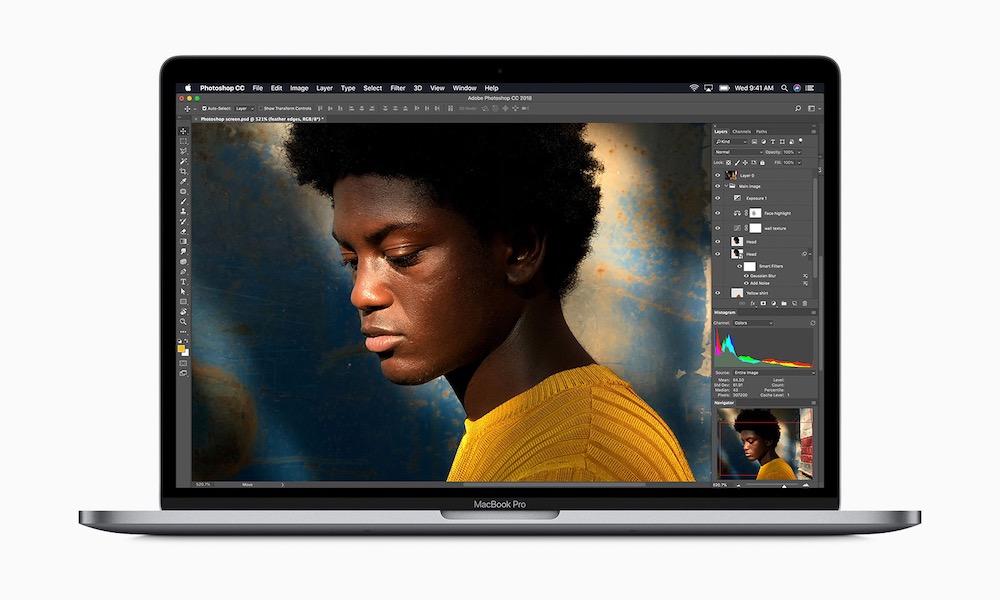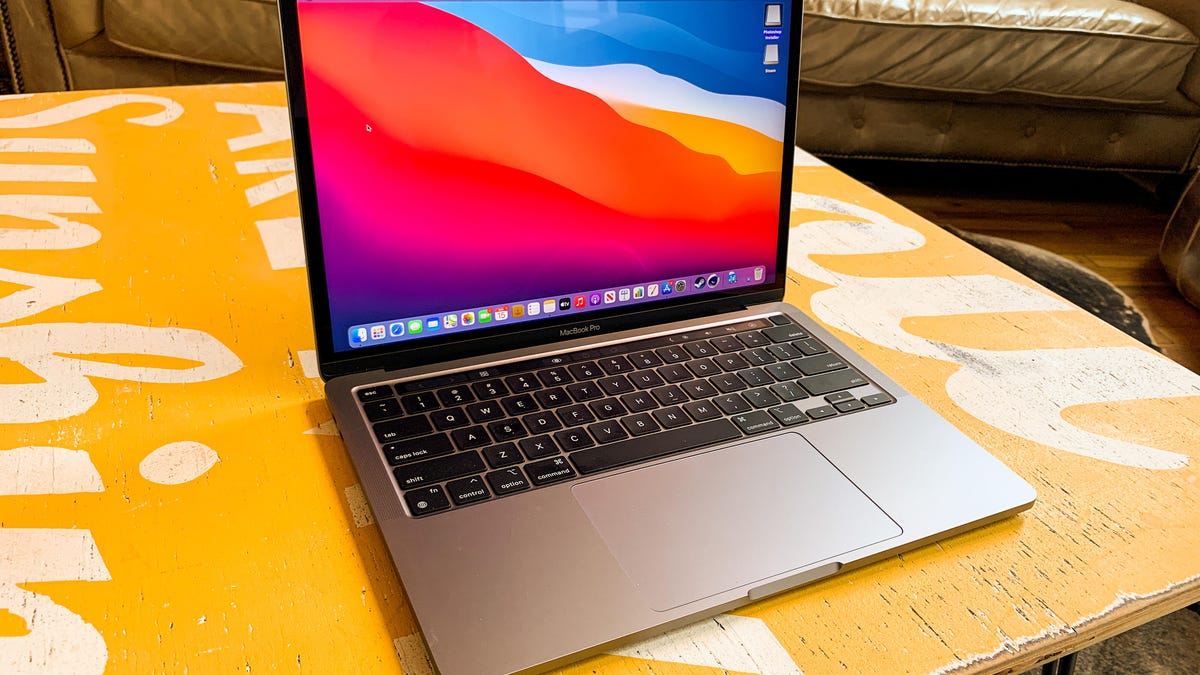

- #DOES ADOBE PHOTOSHOP COME WITH OS X UPGRADE#
- #DOES ADOBE PHOTOSHOP COME WITH OS X PRO#
- #DOES ADOBE PHOTOSHOP COME WITH OS X SOFTWARE#
On October 20, 2020, Adobe announced the 2021 release of Creative Cloud applications. Creative Cloud 2020 is as far as you can go It links to a number of application-specific documents which I’ve also linked to below.
#DOES ADOBE PHOTOSHOP COME WITH OS X SOFTWARE#
This is the first version of Creative Cloud software that’s officially compatible with High Sierra.Īdobe posted a document covering High Sierra compatibility with Adobe Creative Cloud applications in general ( macOS High Sierra (10.13) compatibility FAQ | Creative Cloud). On October 18, 2017, Adobe announced the 2018 release of Creative Cloud applications and made them available for download. If you’re looking for information about older versions, jump to:Īdobe Creative Suite 3 through 6 (CS2–CS6)Īdobe Creative Suite 2 (CS2) Official statements and verified reports The next section is about recent Creative Cloud versions. To make the best use of my time and yours, I focus on verified reports or reports acknowledged by Adobe, and generally avoid repeating random anecdotes.
#DOES ADOBE PHOTOSHOP COME WITH OS X UPGRADE#
(That applies to any operating system upgrade on any device.) Wait until you are confident that all of your software and hardware is compatible, then back up everything, then upgrade. If you use your Mac to run a business or another activity where you can’t afford to lose productivity, do not upgrade to High Sierra until you’ve made plans to fully recover your previous configuration if things don’t work out. I have compiled information from official Adobe sources, not rumors or anecdotes, about Adobe software compatibility with macOS 10.13 High Sierra.
#DOES ADOBE PHOTOSHOP COME WITH OS X PRO#
Next: Adobe Premiere Pro Vs.With the release of macOS 10.13 High Sierra, you’re probably wondering whether your Adobe software will work in the new Mac operating system.


However, Adobe has been around long enough to become an industry standard and it is unlikely to be ousted from the throne easily. Pixelmator Pro and Affinity Photo are good alternatives and have had very robust versions for the iPad for years. Photoshop is the leading image editing app, but Adobe's delay in launching the M1 version of the software may have cost it some customers in the growing Mac marketplace. This feature has existed in the competing Mac app, Pixelmator Pro for some time, so Adobe users will be glad to see their preferred app gain what has been a rare missing tool, which does the seemingly impossible task of increasing the resolution of a small image, creating a larger version that doesn’t appear pixelated. Adobe also announced a new Super Resolution feature that has been added to the Adobe Camera Raw plugin. The new features ‘Invite to Edit Cloud Documents’ and ‘Preset Syncing’ are only available via the legacy Intel code. The latest version was impressive enough that Adobe released it before every feature had been converted for the M1 chip. Adobe also mentioned that the app loads much faster, stating the splash screen might be missed if users blink. The tests included opening and saving files, ‘Content-Aware Fill,’ ‘Select Subject,’ and other intensive operations. In its blog post announcing the first version of Photoshop to run natively on M1 Macs, Adobe said the app "delivers significant performance gains." It noted that its testing revealed speed gains of one and a half times that of previous Intel models on average. Related: Universal Apps: Best macOS Apps Compatible With M1 Macs (So Far) First Intel-only apps are preprocessed during installation or, in some cases, upon the first launch, then anything that couldn’t be translated in advance is emulated in real-time. Apple does this in two parts with its Rosetta software.

Since the software is compiled into machine-specific code, this means apps that were made for Intel Macs must be translated to a form that works on the new chips. These are the first of a new generation of Apple Silicon Mac computers, with every model to make the transition away from Intel CPUs to the M1 or some related Apple-designed processor within two years. In November of 2020, Apple launched the M1 MacBook Air, MacBook Pro, and Mac mini. Adobe described these gains and explained some other changes to Photoshop recently. That means the software no longer needs to use the Rosetta emulation software, potentially significantly speeding up performance. Adobe’s flagship graphics app Photoshop now supports the newest Mac computers that are powered by Apple’s M1 chip.


 0 kommentar(er)
0 kommentar(er)
